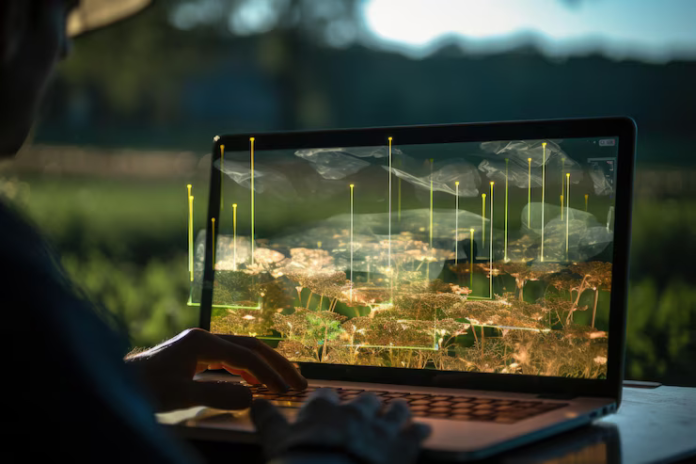In today’s data-driven world, geospatial analytics is rapidly becoming a game-changer for businesses and governments alike. This powerful tool is transforming how we understand and utilize location-based data, unlocking new possibilities for decision-making and strategic planning.
Geospatial analytics integrates geographic data with analytical techniques to uncover patterns and insights tied to specific locations. Imagine being able to visualize and analyze data on a map—everything from customer behavior to traffic patterns—providing a spatial dimension to your insights. This isn’t just a futuristic concept; it’s happening right now and revolutionizing various sectors.
Urban planning and smart cities are prime examples of how geospatial analytics is making a difference. City planners use spatial data to tackle complex issues like traffic congestion, public safety, and resource management. For instance, by analyzing real-time traffic data alongside historical patterns, cities can design smarter traffic management systems, easing congestion and improving overall commuter experiences.
Retailers are also tapping into the power of geospatial analytics. By understanding where their customers are and how they move, businesses can make informed decisions about where to open new stores, how to target marketing efforts, and how to streamline supply chains. This kind of insight helps companies get closer to their customers, delivering services and products more effectively.
The logistics industry, too, is benefiting immensely. Companies use geospatial data to optimize delivery routes, taking into account factors like traffic, weather, and geographic obstacles. This not only makes delivery processes more efficient but also helps in reducing costs and improving customer satisfaction with more reliable service.
In addition to these applications, geospatial analytics is playing a crucial role in disaster management and environmental protection. By analyzing spatial data, agencies can better predict and respond to natural disasters, monitor environmental changes, and develop more effective conservation strategies.
As technology continues to advance, the integration of geospatial analytics with artificial intelligence and big data is expected to bring even more sophisticated tools and insights. The future of geospatial analytics looks bright, with the potential to further enhance our understanding of the world and drive more informed decision-making across all sectors.
In essence, geospatial analytics is not just about mapping data—it’s about transforming how we see and interact with the world around us. Its impact is growing, and its potential is vast. For businesses and governments looking to harness the power of location-based insights, geospatial analytics is a tool that’s truly changing the game.




